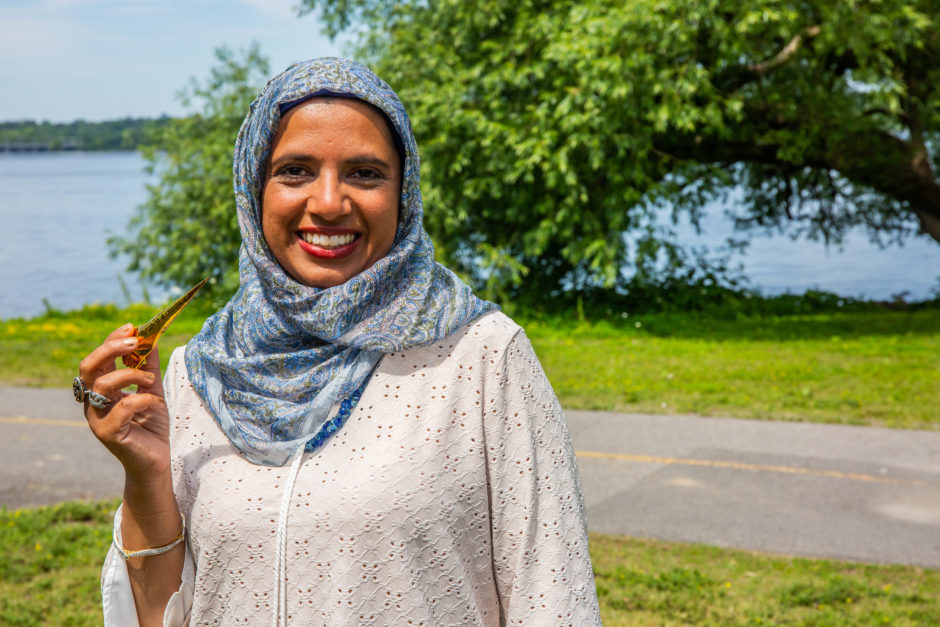This summer, CBC Ottawa tracked down some of the unique characters living and working in this city, to learn their stories. Click here to meet the Sax Man of Highway 416, the Slipper Man, the Bone Lady and the ByWard Market's Horse Man.
The following interview has been edited for style and clarity.
I'm Sameena Khan, and I am Ottawa’s Henna Lady.
My parents grew up in India, and it was important for me to incorporate our cultural traditions into my wedding. There are significant meanings behind every design, depending on someone’s cultural background. Indian brides use henna to symbolize happiness and joy in life.
Unfortunately, I wasn’t happy or joyful after receiving my bridal henna.

I was married in 1998. Back then, there were not many henna artists in the city. So, my parents hired a few artists from Toronto to do my henna the night before my wedding. The designs were horrible, and the colour faded quickly. I was devastated and thought, this should never happen to anyone.
That’s when I decided to learn the art of henna, to make sure no one would ever have to experience what I went through.
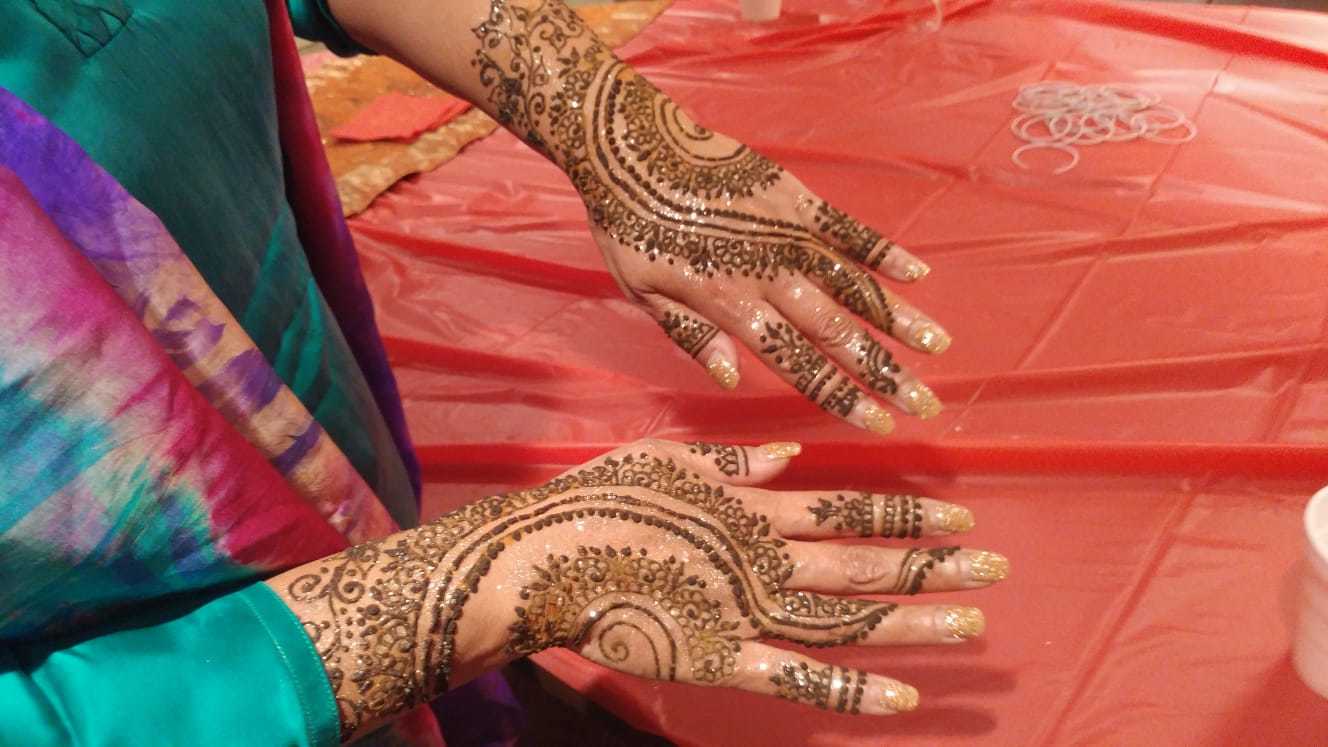
Learning by doing
I learned henna designs from magazines and books. I just started doodling, and pretty soon people began inviting me to do henna at events. I began travelling around Ottawa, applying henna for people in places like Britannia Park or along the Ottawa River.
When I was first starting out, I'd use milk bags to squeeze out and apply the paste. Now, I use a henna cone, which is much more conventional.
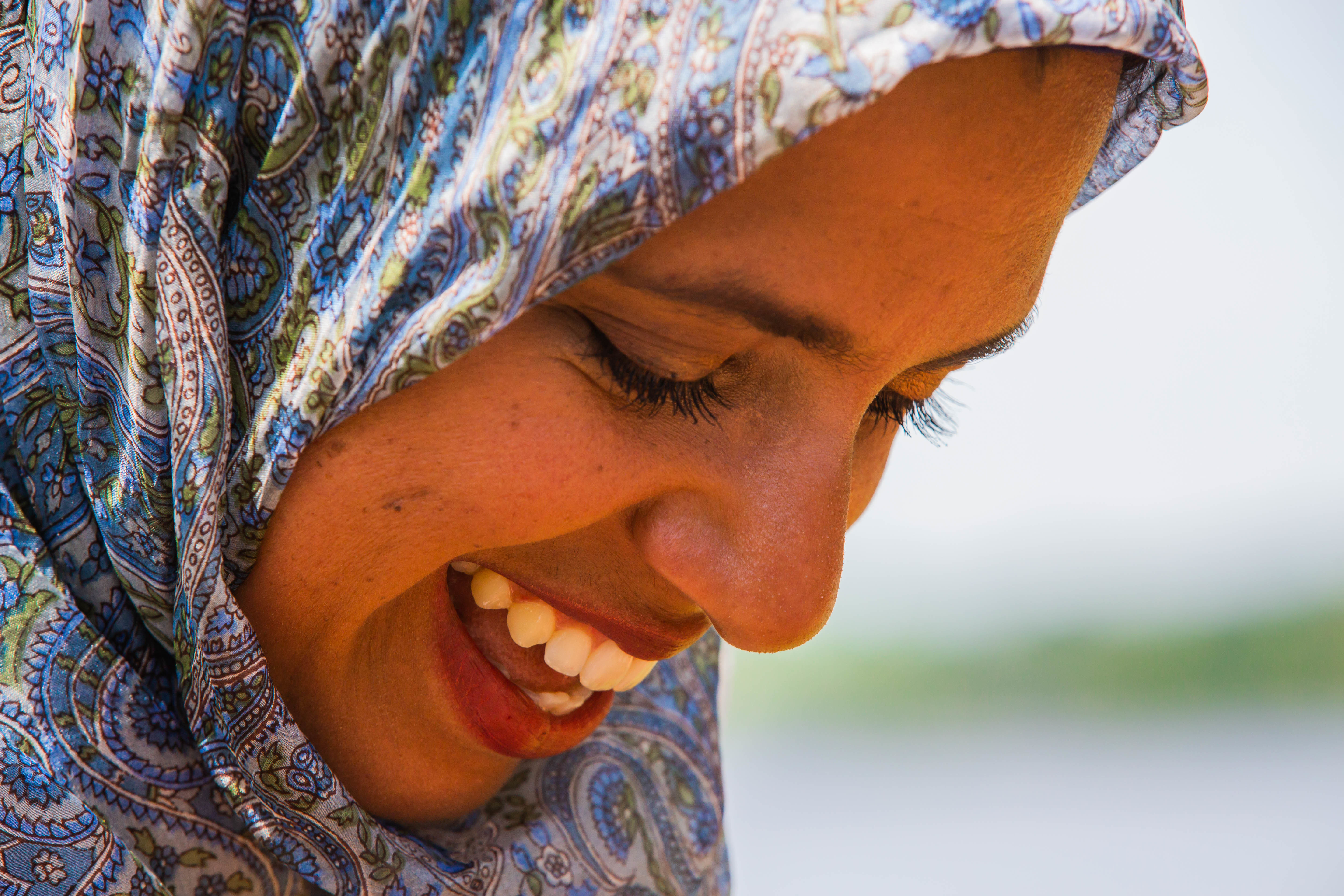
A beautiful experience
Pregnant women will sometimes ask for a tree of life on their bellies.
Recently, I did henna for a young woman with cancer. She had lost her hair, and one of her last wishes was to have henna done on her scalp, neck and shoulders. I did henna for her mother and grandmother too. It was a beautiful experience for all of us.
I did a design along a woman’s scar. A train accident left her with a long scar down her arm. After, she started crying. I thought, did I do something wrong? But she was actually crying out of joy. The experience had made her feel beautiful for the first time since her accident, and that is a common reaction for people.
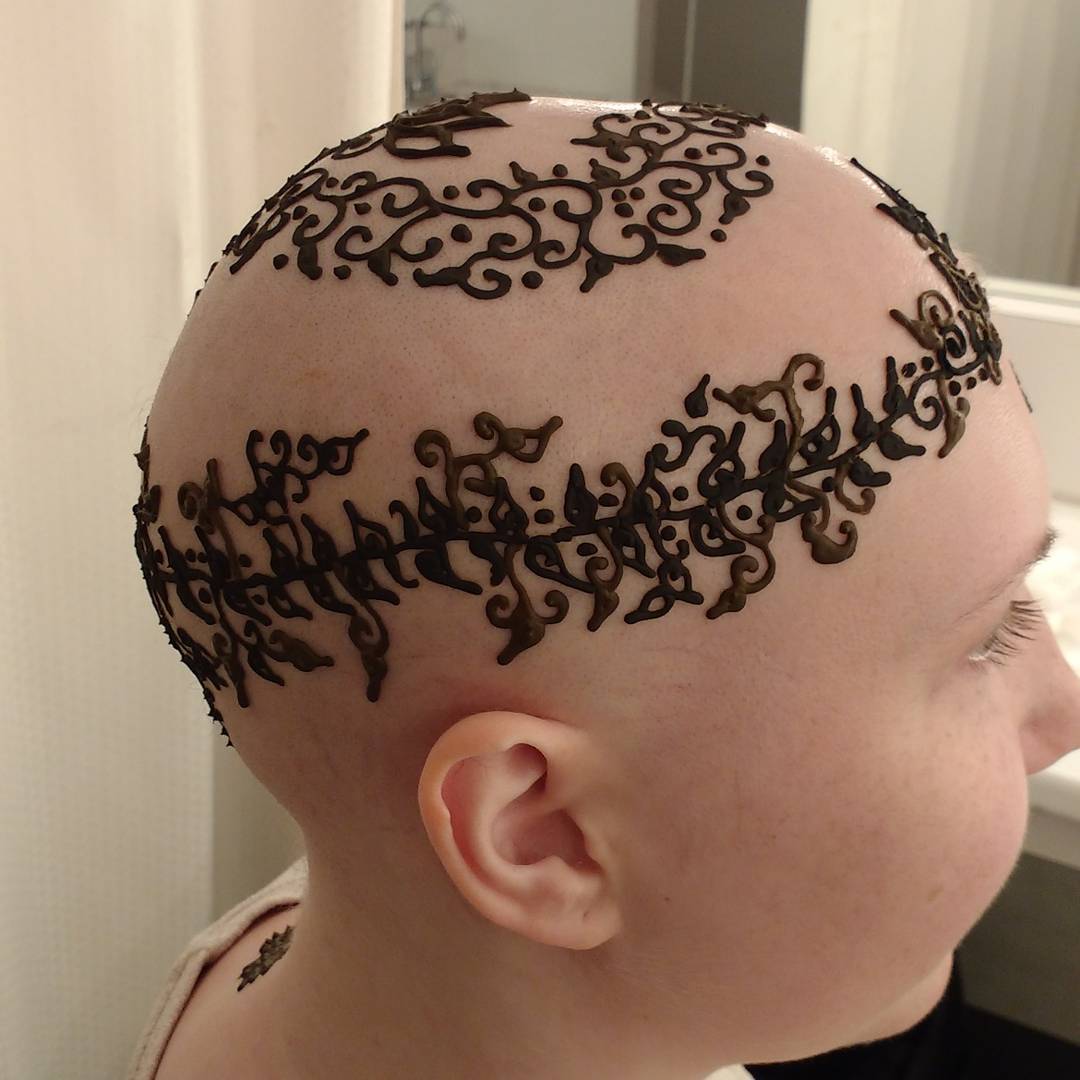
Some people say, “Oh, no one has ever paid this much attention to this part of my body.” Or there are elderly women who say, “Oh, my veins are so ugly, and will get in the way of the design.” And I always say, “No, they are like vines for roses. Let’s make something beautiful out of them.”
There is just something so unique about sharing henna with people. It’s so meaningful to share stories over an art that is thousands of years old.
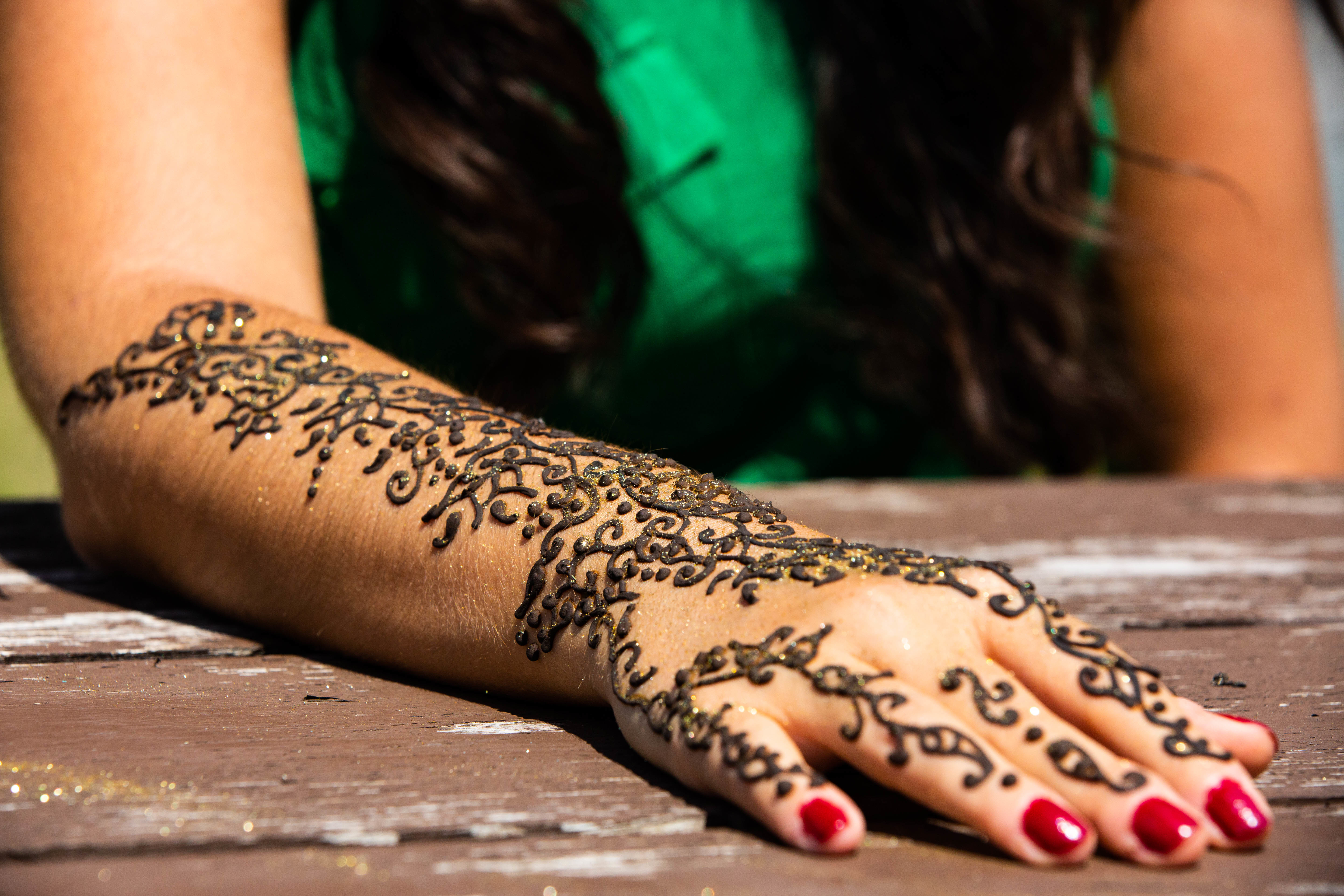
Ash Abraham is an associate producer and reporter at CBC Ottawa. You can reach her by email at ash.abraham@cbc.ca
